
Find Help
More Items From Ergsy search
-
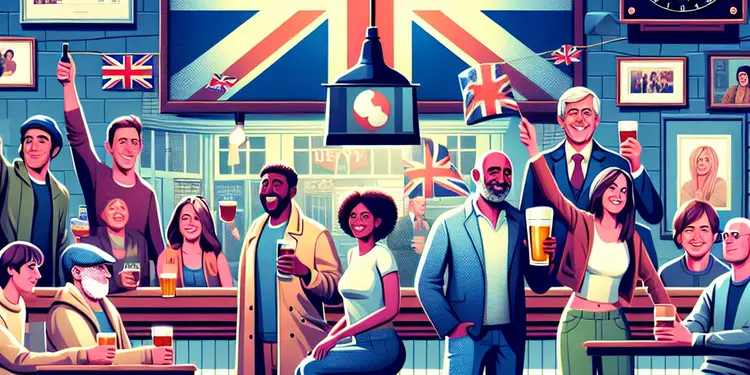
Is binge drinking more common in any specific demographic?
Relevance: 100%
-
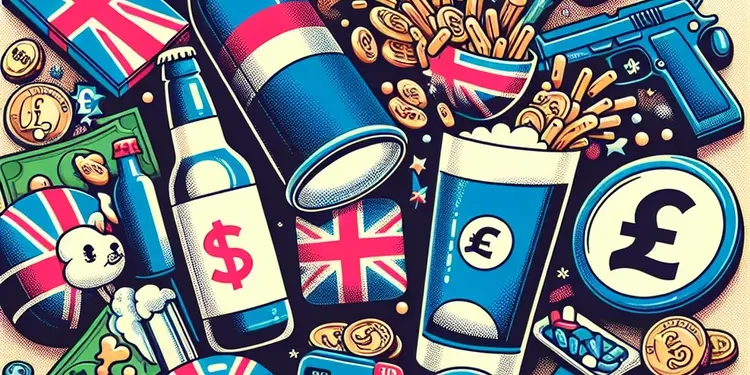
What is binge drinking?
Relevance: 73%
-

Why is binge drinking common among young adults?
Relevance: 66%
-

Are there cultural factors in binge drinking?
Relevance: 64%
-

Are there any laws against binge drinking?
Relevance: 64%
-

Can binge drinking lead to addiction?
Relevance: 62%
-

What are the risks associated with binge drinking?
Relevance: 62%
-

How is binge drinking typically defined?
Relevance: 62%
-

What are the social consequences of binge drinking?
Relevance: 61%
-

How does binge drinking affect the brain?
Relevance: 60%
-

Can binge drinking affect physical health?
Relevance: 59%
-

What can be done to prevent binge drinking?
Relevance: 59%
-
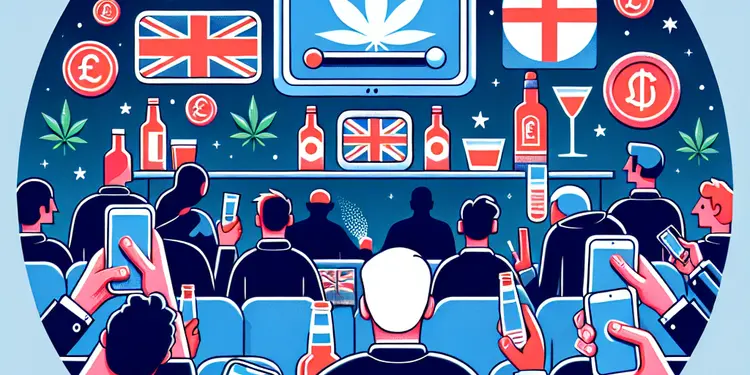
What is the role of peer pressure in binge drinking?
Relevance: 59%
-

How does binge drinking affect mental health?
Relevance: 58%
-

What resources are available for someone struggling with binge drinking?
Relevance: 57%
-
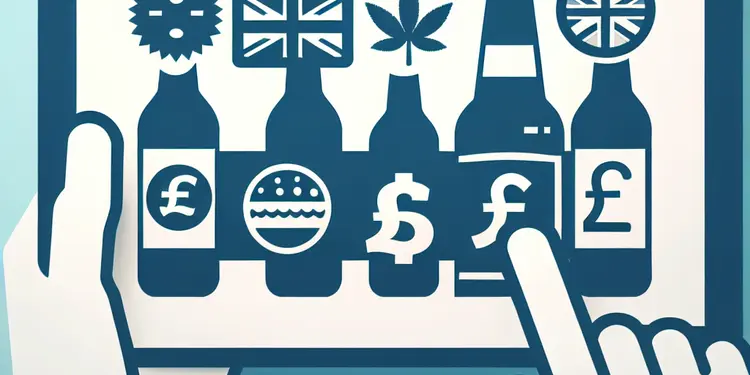
How can one reduce the risk of binge drinking?
Relevance: 57%
-
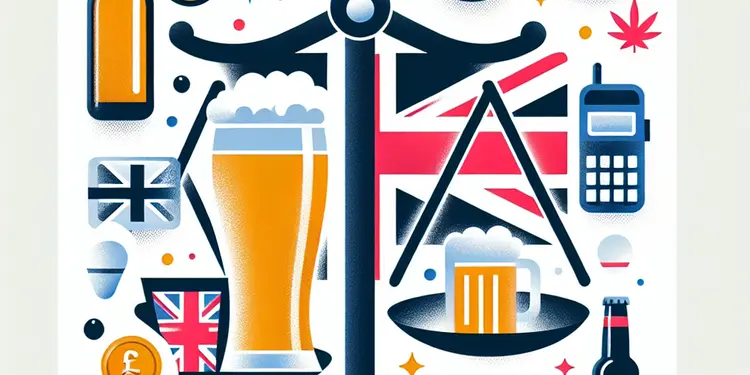
How does alcohol tolerance relate to binge drinking?
Relevance: 56%
-

How does binge drinking impact academic or work performance?
Relevance: 56%
-

What are the signs of binge drinking?
Relevance: 48%
-

What demographic factors influence changes to the state pension age?
Relevance: 33%
-
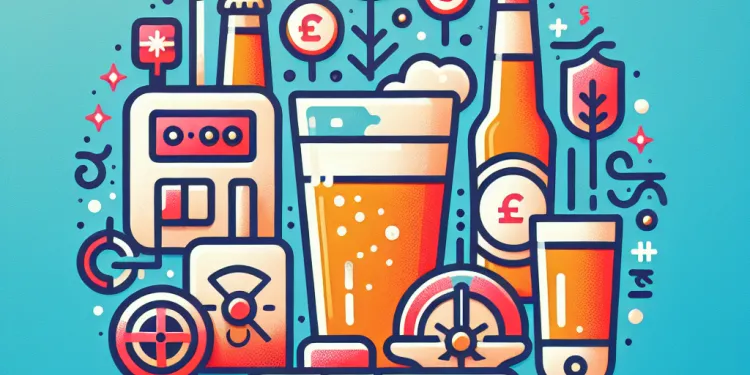
How effective are drink testing kits?
Relevance: 26%
-
Are high caffeine drinks safe?
Relevance: 26%
-

How do I know if my drink was spiked?
Relevance: 26%
-

Can drink covers be reused to prevent spiking?
Relevance: 25%
-

What demographic showed the most significant change in sleep quality due to screen time?
Relevance: 25%
-

Are men at risk of having their drinks spiked?
Relevance: 24%
-

Is the sugar tax applied to diet or zero sugar drinks?
Relevance: 24%
-

What role do sugary drinks play in obesity?
Relevance: 24%
-

How can I reduce the risk of my drink being spiked?
Relevance: 24%
-

What drugs are commonly used to spike drinks?
Relevance: 24%
-

Can drink spiking occur in private settings?
Relevance: 24%
-

Can drink spiking cause long-term health effects?
Relevance: 24%
-
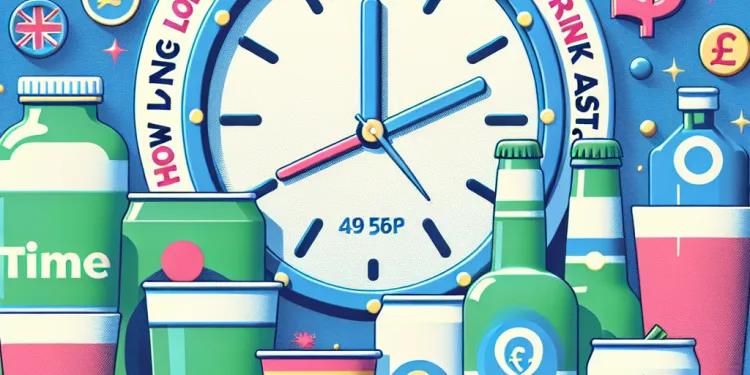
How long do the effects of a spiked drink last?
Relevance: 23%
-

Which drinks are exempt from the sugar tax?
Relevance: 23%
-

Can drinking water help prevent tooth decay?
Relevance: 23%
-

Can I taste or smell if my drink has been spiked?
Relevance: 23%
-

What should I do if I witness someone's drink being spiked?
Relevance: 23%
-

How much water should I drink during a heatwave?
Relevance: 23%
-

Has the sugar tax affected the sugar content in drinks?
Relevance: 23%
-

What should I do if I suspect my drink has been spiked?
Relevance: 23%
Introduction to Binge Drinking
Binge drinking, which is defined as consuming large quantities of alcohol in a short period with the intention of getting drunk, is a widespread issue across many regions, including the UK. Understanding the demographics most affected by binge drinking is crucial for addressing and mitigating its negative social and health impacts.
Prevalence Among Young Adults
In the UK, binge drinking is notably more prevalent among young adults, particularly those aged 18 to 25. This age group is often involved in social scenes, such as university life and nightlife, where heavy drinking is more culturally accepted. The transition into adulthood can include increased freedom, and this autonomy sometimes leads to risky behaviors like binge drinking. University students, in particular, may feel social pressure to drink excessively at events and gatherings.
Gender Differences
Historically, men have been more likely to engage in binge drinking than women, and this trend continues in the UK. Men typically consume more alcohol in one sitting, and this pattern is influenced by social norms that associate heavy drinking with masculinity. However, recent studies suggest that the gap between male and female binge drinking is narrowing. Increasingly, women are also participating in binge drinking, although this is sometimes overlooked due to traditional gender stereotypes around drinking behaviors.
Socioeconomic Factors
Socioeconomic status plays a significant role in the patterns of binge drinking. Individuals from different economic backgrounds may experience varying levels of exposure to alcohol-related harm. Generally, those with higher disposable incomes might spend more on activities involving alcohol. Conversely, economic hardships can lead to stress-induced drinking, which is a factor in binge drinking among lower-income groups. However, it is important to note that binge drinking crosses economic boundaries and can affect individuals across all income levels.
Impact of Cultural Norms
Cultural attitudes towards alcohol consumption significantly influence binge drinking behaviors. In the UK, there is a historical cultural acceptance of alcohol as a social lubricant, which can sometimes promote excessive drinking. Additionally, drinking is often intertwined with celebrations and sporting events, where binge drinking is normalized. Cultural contexts can either exacerbate or mitigate the prevalence of binge drinking across different demographics.
Conclusion
Binge drinking in the UK tends to be more common among certain demographics, with young adults, males, and varied socioeconomic groups showing significant prevalence. Understanding these patterns helps in formulating targeted public health strategies and interventions. Efforts to reduce binge drinking must consider these demographic factors and aim to change social norms, provide education, and offer support to those at risk. By addressing the specific needs and behaviors of these groups, the negative consequences of binge drinking can be mitigated.
Frequently Asked Questions
What is binge drinking?
Binge drinking is defined as consuming five or more alcoholic drinks for males, or four or more drinks for females, in about two hours.
Is binge drinking more common in any specific age group?
Yes, binge drinking is most prevalent among young adults aged 18 to 34.
Which gender is more likely to engage in binge drinking?
Males are more likely to engage in binge drinking compared to females.
Is binge drinking common among college students?
Yes, binge drinking is particularly common among college students, often due to social pressures and cultural norms around drinking.
How does socioeconomic status affect binge drinking prevalence?
People with higher socioeconomic status sometimes report higher rates of binge drinking, although it is a complex relationship with multiple factors involved.
Is binge drinking more prevalent in any particular race or ethnic group?
Binge drinking rates can vary by race and ethnicity, with non-Hispanic whites and Hispanic populations often reporting higher instances compared to other groups.
Does urban or rural residency affect binge drinking prevalence?
Binge drinking can occur in both urban and rural areas, but patterns may vary based on local cultures and accessibility to alcohol.
Are there any trends in binge drinking related to education level?
Higher educational attainment often correlates with higher instances of binge drinking, though the relationship is complex and influenced by many factors.
How does employment status relate to binge drinking?
Binge drinking rates can be higher among those who are employed full-time, possibly due to social gatherings and stress associated with work.
Do cultural attitudes toward alcohol influence binge drinking rates?
Yes, cultural norms and attitudes toward alcohol consumption play a significant role in the prevalence of binge drinking in different demographics.
Is there a connection between binge drinking and mental health?
There is a noted association between binge drinking and various mental health issues, including stress, depression, and anxiety.
How does peer pressure influence binge drinking habits?
Peer pressure, especially among younger individuals and college students, can significantly contribute to the frequency of binge drinking.
Does advertising and media impact binge drinking trends?
Yes, advertising and media often glamorize alcohol consumption, which can influence individuals and contribute to increased binge drinking.
Have binge drinking patterns changed over recent years?
Binge drinking patterns do change over time, influenced by shifts in cultural attitudes, economic conditions, and public health interventions.
How do family dynamics play a role in binge drinking behaviors?
Family dynamics, including parental attitudes toward alcohol and familial history of alcohol use, can influence an individual's propensity to engage in binge drinking.
Is there a link between binge drinking and other substance use?
There is often a correlation between binge drinking and the use of other substances, as risky behavior tendencies can overlap.
What are potential health risks associated with binge drinking?
Health risks of binge drinking include alcohol poisoning, liver disease, cardiovascular issues, and increased risk of accidents or injuries.
How does binge drinking affect academic performance?
Binge drinking can negatively impact academic performance due to missed classes, decreased cognitive function, and impaired decision-making abilities.
Are there interventions that effectively reduce binge drinking?
Interventions like educational programs, stricter regulation on alcohol sales, and counseling services can help reduce binge drinking rates.
Can public policy influence binge drinking behavior?
Public policies, including taxes on alcohol, minimum drinking age laws, and advertising restrictions, can significantly impact binge drinking trends.
Useful Links
- Ergsy carfully checks the information in the videos we provide here.
- Videos shown by Youtube after a video has completed, have NOT been reviewed by ERGSY.
- To view, click the arrow in centre of video.
- Most of the videos you find here will have subtitles and/or closed captions available.
- You may need to turn these on, and choose your preferred language.
- Go to the video you'd like to watch.
- If closed captions (CC) are available, settings will be visible on the bottom right of the video player.
- To turn on Captions, click settings .
- To turn off Captions, click settings again.
More Items From Ergsy search
-

Is binge drinking more common in any specific demographic?
Relevance: 100%
-

What is binge drinking?
Relevance: 73%
-

Why is binge drinking common among young adults?
Relevance: 66%
-

Are there cultural factors in binge drinking?
Relevance: 64%
-

Are there any laws against binge drinking?
Relevance: 64%
-

Can binge drinking lead to addiction?
Relevance: 62%
-

What are the risks associated with binge drinking?
Relevance: 62%
-

How is binge drinking typically defined?
Relevance: 62%
-

What are the social consequences of binge drinking?
Relevance: 61%
-

How does binge drinking affect the brain?
Relevance: 60%
-

Can binge drinking affect physical health?
Relevance: 59%
-

What can be done to prevent binge drinking?
Relevance: 59%
-

What is the role of peer pressure in binge drinking?
Relevance: 59%
-

How does binge drinking affect mental health?
Relevance: 58%
-

What resources are available for someone struggling with binge drinking?
Relevance: 57%
-

How can one reduce the risk of binge drinking?
Relevance: 57%
-

How does alcohol tolerance relate to binge drinking?
Relevance: 56%
-

How does binge drinking impact academic or work performance?
Relevance: 56%
-

What are the signs of binge drinking?
Relevance: 48%
-

What demographic factors influence changes to the state pension age?
Relevance: 33%
-

How effective are drink testing kits?
Relevance: 26%
-
Are high caffeine drinks safe?
Relevance: 26%
-

How do I know if my drink was spiked?
Relevance: 26%
-

Can drink covers be reused to prevent spiking?
Relevance: 25%
-

What demographic showed the most significant change in sleep quality due to screen time?
Relevance: 25%
-

Are men at risk of having their drinks spiked?
Relevance: 24%
-

Is the sugar tax applied to diet or zero sugar drinks?
Relevance: 24%
-

What role do sugary drinks play in obesity?
Relevance: 24%
-

How can I reduce the risk of my drink being spiked?
Relevance: 24%
-

What drugs are commonly used to spike drinks?
Relevance: 24%
-

Can drink spiking occur in private settings?
Relevance: 24%
-

Can drink spiking cause long-term health effects?
Relevance: 24%
-

How long do the effects of a spiked drink last?
Relevance: 23%
-

Which drinks are exempt from the sugar tax?
Relevance: 23%
-

Can drinking water help prevent tooth decay?
Relevance: 23%
-

Can I taste or smell if my drink has been spiked?
Relevance: 23%
-

What should I do if I witness someone's drink being spiked?
Relevance: 23%
-

How much water should I drink during a heatwave?
Relevance: 23%
-

Has the sugar tax affected the sugar content in drinks?
Relevance: 23%
-

What should I do if I suspect my drink has been spiked?
Relevance: 23%


